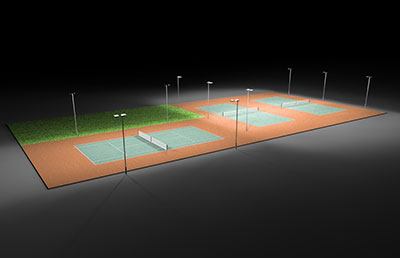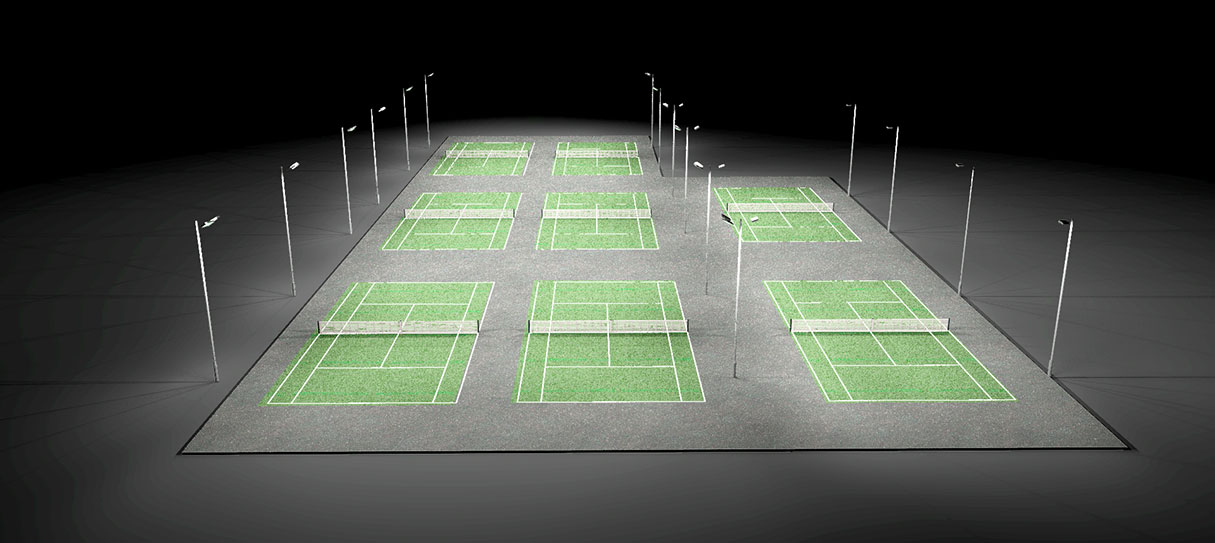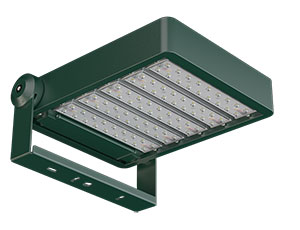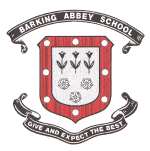Why Are Tennis Court Lights Often Green?

When visiting a tennis club, you may notice that many floodlights are painted green. These green floodlights are not just a design trend – they play a role in how tennis courts look and feel. For tennis club committee members, architects, and facility designers, understanding this choice can help inform better investment decisions.
A Brief History of Tennis Court Lighting
Early Developments

Artificial tennis court lighting was first introduced in the early 20th century. Early installations used standard industrial floodlights with little consideration for appearance. Functionality was the priority, and fittings were typically grey or metallic.
Popularity of Green Finishes
By the late 20th century, clubs began favouring green fittings. In the UK especially, this trend reflected a desire to blend lighting structures into natural surroundings such as trees, hedges, and grass courts. Green became the most common choice for outdoor courts, though not exclusive to the UK. Many European countries followed the same approach.
Playing Surfaces
Green floodlights are typically installed on:
- Grass courts – matching natural surfaces and surroundings
- Hardcourts – particularly where the surface itself is green or neutral
- Clay courts – especially in Europe, where tradition and visual balance matter
In contrast, North America often uses black or dark grey floodlights, which can suit urban and contemporary facilities.
Why Are Tennis Court Lights Often Green?
Aesthetic Preference
Green floodlights offer clear visual advantages:
- They blend into landscaped environments
- They match other court elements like posts, fencing, and gates
- They create a uniform, unobtrusive look
Practical Considerations
For outdoor courts in rural or residential settings, green helps reduce the visual impact of tall lighting columns. During the day, they can appear less intrusive than black or metallic finishes.
Hardcourt Colour Trends

The rise of blue hardcourts in professional tournaments has influenced club design. Where courts are blue, green fittings are less popular, as black or grey finishes create a sharper contrast. However, on traditional green or neutral-coloured hardcourts, green floodlights are often the preferred option.
Scientific Benefits?
There is no measurable performance difference in light quality caused by the fitting colour. The choice is driven mainly by design, harmony, and tradition rather than lighting science.
Kellwood Lighting’s Approach
At Kellwood Lighting, we combine functionality with design flexibility to meet the needs of modern tennis facilities.

The McFarlane Series
Our McFarlane Series floodlights and Ayrton Series floodlights are available in a green powder-coated finish – ideal for clubs seeking a discreet, traditional look. Key features include:
- Optional C5 marine-grade protection for exposed coastal courts
- Precision optics that minimise tilt, light spill, and glare
- A balance of performance and aesthetics for professional play
- Alternative colours to match club branding
By offering both technical excellence and visual harmony, Kellwood ensures facilities can enhance player experience while preserving their natural environment.
Conclusion
Green tennis court lights remain a defining feature of many clubs, particularly in the UK. While they offer no technical advantage in lighting output, they blend harmoniously with courts and surroundings, creating a softer, more natural appearance.
Kellwood Lighting provides tailored solutions, including the Diamond Series, Ayrton Series, and McFarlane Series with aesthetics and performance in mind. Our McFarlane Series and Ayrton Series, complete with green finishes and advanced glare control, is designed to meet the needs of clubs across the UK.
Looking to upgrade your tennis court lighting? Contact Kellwood Lighting today or explore our tennis court lighting solutions and case studies.























